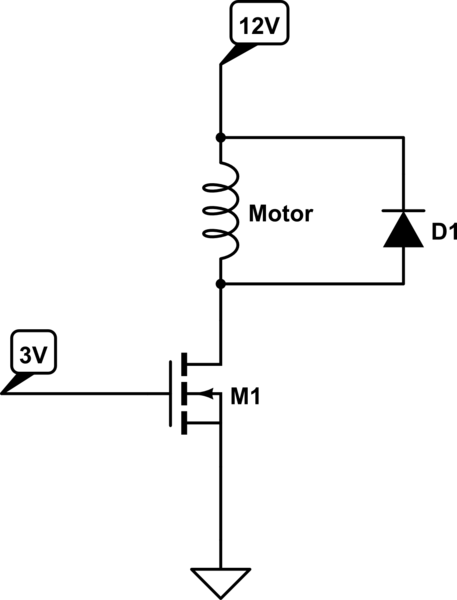I would like to understand a problem which i have with a little MOSFET test with a dc motor. My power supply drive the motor at 12V and it consume 1A.
My circuit is very basic. I have a stm32 MCU which drive a mosfet (IRLR2905ZPBF).
My motor is connected between the dc motor output and the ground. I don't need a H-Bridge.
When i increase my PWM ratio softly from 0 to 100% my dc motor works prefectly but when my motor is stopped and i put a 100% value on my pwm command, there is a big surge (i think to start the motor from stop state). So my 12V power supply is falling and i obtain a MCU reset.
I had a 100uF bulk capacitor but no better results.
Thank you very Much.
Adrien


